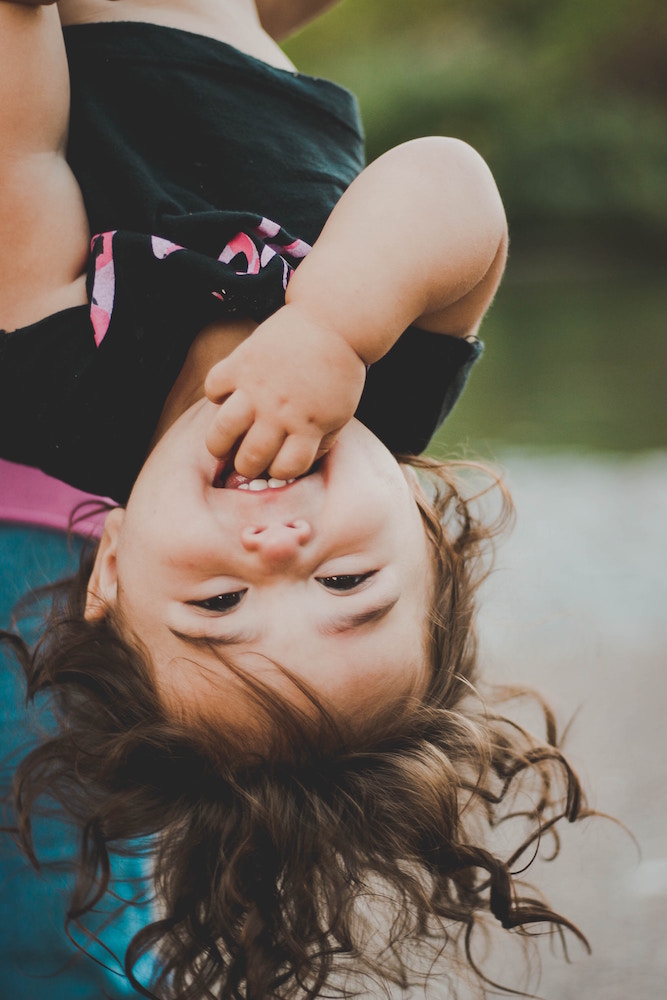In the past five years, the term Resiliency has become popular. It’s common to hear, “We need to build Resiliency in children” or, “We need to develop Resilient young people”. The questions I am always asked are, “Well what IS Resiliency?” or “How do I KNOW I am Resilient?”. Historically, Resiliency is nothing new. Human beings have a long history of stories about people overcoming great adversity. However, a formal definition of Resiliency is, the process of capacity for, or outcome of successful adaptation despite challenging or threatening circumstances – in layman’s terms it’s a protective emotional armour.
While self-reflecting to write this article, I can’t recall an exact moment where I was taught Resiliency, but I do remember a statement in my end of year Standard Four report that indicated to me that I had overcome a tough year. I had come third overall in class and my teacher wrote, “For all that Raquel has had to endure this year, she was still able to perform and continues to be a top performer in the class.” That Standard Four year, I lost my paternal grandmother in October, I then got Chicken Pox, broke my arm in the January term and lost a beloved family dog very traumatically. Now, in comparison to what some children face today, these can be considered mild traumatic experiences – It is important to remember that a traumatic experience no matter how mild, the child still faces difficult stressors and anxieties.
There were some key factors that allowed me to push through, cope and helped me build up the Resilient qualities to minimize the negative emotional impact that could have happened.
- My parents. Family meetings were a staple in my household. These meetings allowed my parents to Communicate and Teach Problem Solving Skills. We were taught that family meetings were where ‘tough stuff’ was discussed and we shared our feelings in a safe space. We were encouraged to brainstorm solutions together. When my grandmother died, it was not assumed what we wanted to do – we were asked how we wanted to process that moment – Did we want to join the family at her house? Or Did we want to keep our regular Friday afternoon schedule?
- My teacher. My Standard Four teacher, was a bright light. When I was absolutely miserable itching from the dreaded Chicken Pox and stressed out about the schoolwork I was missing, she showed up at my home. She came to teach me on her way home from school in the afternoon. Not only did she show me how much she cared, but she Promoted the Bright Side of this Negative Experience (every experience has one). During her teaching she got me to giggle and laugh and enjoy that one-on-one time. She made me feel that no matter how uncomfortable I felt, I could find a way to smile. To this day when I think of those two weeks, it’s etched in my memory of the fun time spent in my living room with that very special teacher.
- My self. The day I broke my arm I was over by a friend. We were rollerblading down a hill, I fell, got up and my left wrist was seemingly no longer attached to my arm. I remember breathing and asking my friend to take off my roller blades. We walked together back to her home, I got in the car and was able to let her aunt know exactly where my mother was. I never cried, I remained calm. I was able to Model the behaviour I had seen in my home. In a crisis we were taught to always remember to deep breathe, label the emotions and talk through the problem solving process.
These are just a few examples of how children can build up their emotional shield. The last one I would like to highlight is Embrace Mistakes – Theirs and Yours. Don’t always focus on end results, this gets children caught up in the pass/fail cycle. Which means, if I am not at the top, I have not succeeded, I’m a failure. Instead focus on the process, discuss what could possibly have been changed for next time, and parents, embrace what mistakes you may have made. What could you have done better to support your child through the process?
When a child knows their limits and pushes themselves to step outside their comfort zones, they are using their Resiliency. They are being curious, brave and trusting of their instincts. So, parents, resist that gut reaction to jump in and help your child so that they completely avoid dealing with discomfort. Despite your best efforts, you cannot protect them from all obstacles. Children get sick, change schools, encounter bullies, take tests, cope with grief, lose friends, to name a few. Allow them to build and have the skills, confidence and trust in themselves that they can do what it takes to confront the difficult issues.

